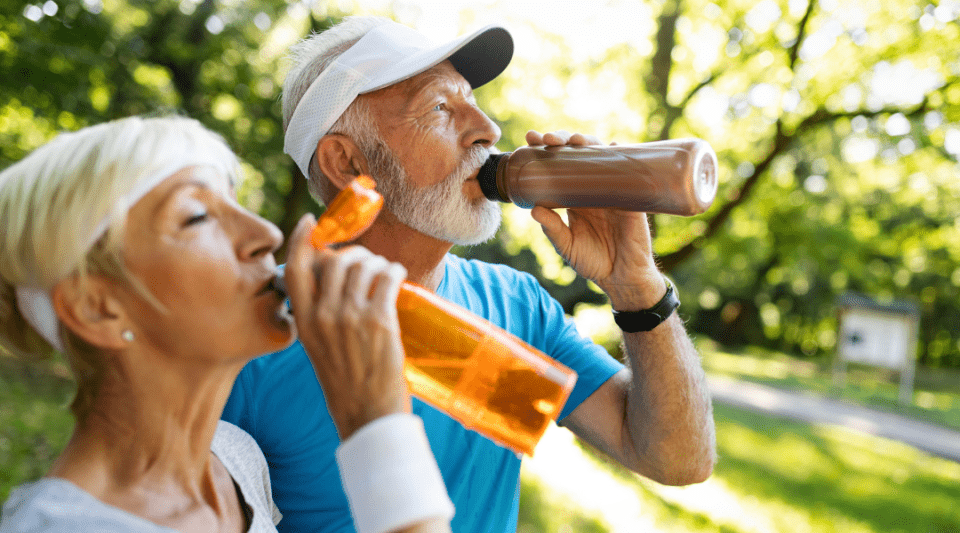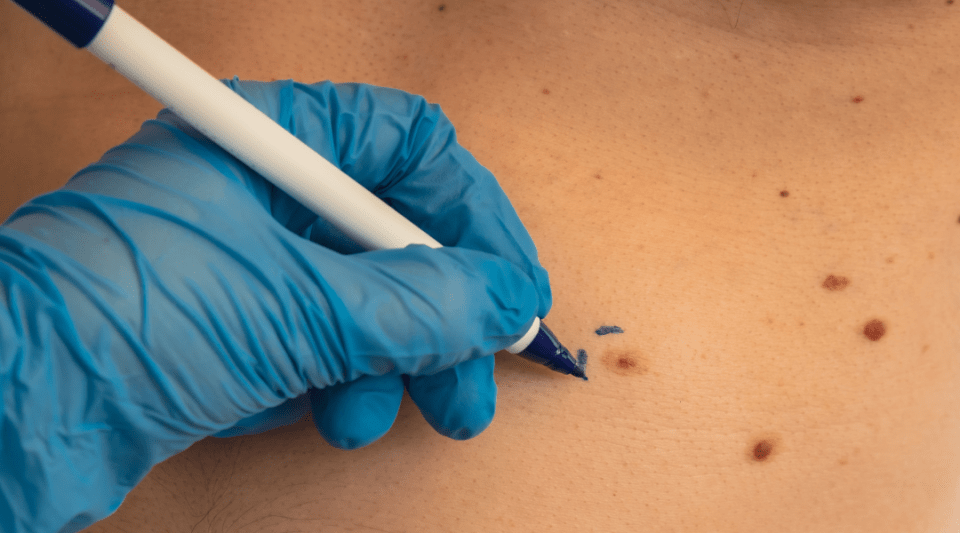Risks of training in high temperatures
Exercising in high temperatures is a challenge for the body. During intense exercise, muscles generate heat and if the environment is hot or humid, the body has more difficulty eliminating it through sweat and breathing. This can lead to dehydration, muscle cramps, heat exhaustion, or even heatstroke—the most severe form—where the body temperature exceeds 40°C and confusion, dizziness, or loss of consciousness may occur. Heatstroke requires urgent attention.
People most at risk include children, older adults, and those with chronic illnesses, as well as those taking certain medications (e.g., diuretics). Factors like being overweight, lack of training, or a recent infection also reduce heat tolerance. It's key to detect early symptoms: cramps, unusual fatigue, headache, or dizziness indicate the need to stop, find a cool place, and rehydrate.
How heat affects physical performance
Heat reduces sports performance. The body diverts blood to the skin to cool down and loses fluids through sweat, reducing the oxygen and nutrient flow to muscles. This mainly affects endurance sports, such as running, cycling, or football. Recent studies show that performance in long-duration events can drop by 20–30% in very hot environments. Even moderate increases in temperature can extend long-distance race times.
This impact is due to both muscular fatigue —caused by heat buildup and electrolyte imbalance— and central fatigue, where the brain reduces effort to protect the body, causing a sense of tiredness and slowing the pace. Concentration can also be affected, increasing errors in team or tactically demanding sports.
Strength or power activities, like weightlifting, tend to be less affected due to their short effort durations. However, if performed in poorly ventilated spaces or during long sessions, heat can still accumulate, causing fatigue or muscle issues.
Sports most vulnerable to heat
Outdoor and long-duration sports are the most exposed. Running or playing matches in heat and humidity increases the risk, especially without hydration breaks. Competitions like marathons or triathlons often report more cases of heat exhaustion or heatstroke during heatwaves.
In contrast, indoor sports with ventilation or climate control present lower risk, although ambient humidity can hinder sweat evaporation. Clothing also plays a role: heavy or non-breathable uniforms, such as those in American football or hockey goalkeepers, hinder body heat release. For this reason, many sports federations have introduced mandatory hydration breaks when certain temperature thresholds are exceeded.
Recommendations for safe exercise in summer
1. Stay hydrated
Don't wait to feel thirsty. Before exercising, drink 400–600 ml of water, and during activity, drink 150–250 ml every 15–20 minutes, adjusting for sweat and intensity. After training, rehydrate to replace lost fluids. For sessions over an hour, consider electrolyte drinks. Avoid excess alcohol and caffeine.
2. Timing and duration
Train during the coolest hours—early morning or evening. Avoid the 12–5 p.m. window when heat and radiation peak. On very hot days, reduce intensity or split sessions into shorter parts. Include 5–10 minute breaks to cool down and hydrate.
3. Proper clothing
Choose light, loose, and light-colored clothing that helps sweat evaporate. Wear caps and sunglasses, and apply sunscreen. In sports with mandatory gear, use breaks to remove helmets or padding and let your body cool.
4. Gradual acclimatization
The body needs a few days to adapt to heat. Gradually increase exercise time and intensity at the start of summer or after arriving in a hotter climate. Being fit and acclimated greatly reduces the risk of complications.
5. Listen to your body
If you feel dizzy, cramp, have a headache, or feel weak, stop exercising, find shade, and hydrate. Training with others helps monitor each other and detect early signs of heatstroke. Plan routes with water and shade access.
6. Watch out for vulnerable groups
Children and teens need frequent breaks and reminders to drink, as they can get distracted while playing. Older adults and people with chronic conditions should prefer cool environments and avoid extreme heat. If in doubt, consult medical staff, especially if taking medications that affect fluid balance or blood pressure.
Climate Change impacts
Summers are becoming increasingly hot due to climate change, with more days of extreme temperatures expected. This makes sports practice require more planning and the adoption of measures such as changing competition schedules or using technology to monitor heat.
In conclusion, doing sports in summer is possible and healthy, as long as precautions are taken. Staying well-hydrated, picking the right hours, wearing light clothing, acclimating gradually, and respecting body signals are key to preventing problems. With these guidelines, it's possible to keep enjoying physical activity even on the hottest days while protecting our health and well-being.
FAQs:
What are the risks of exercising in high temperatures?
Heat can cause dehydration, cramps, heat exhaustion, and in severe cases, heatstroke, which requires urgent medical attention.
How do I know if I’m dehydrated during exercise?
Dark, scant urine, fatigue, dizziness, or headaches are warning signs. Drink water before, during, and after training.
What’s the best time to train in summer?
The coolest times are in the morning or evening. Avoid working out between 12 and 5 p.m. when heat and radiation peak.
What clothes are best for exercising in heat?
Wear light, loose, and light-colored clothing to help sweat evaporate. Add a cap, sunglasses, and sunscreen.
What should I do if I feel dizzy or get cramps while training?
Stop immediately, seek shade or a cool place, and hydrate. If confusion or unconsciousness occurs, seek urgent medical help.




